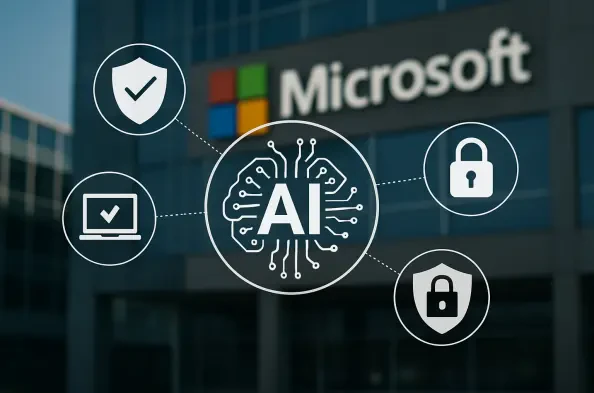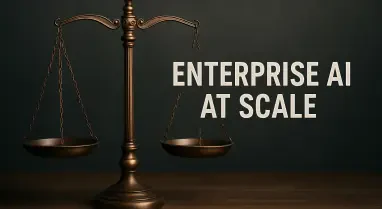I’m thrilled to sit down with Vernon Yai, a renowned data protection expert with a wealth of experience in privacy protection and data governance. With a career dedicated to risk management and pioneering detection and prevention techniques, Vernon has become a trusted voice in safeguarding sensitive information. In this conversation, we dive into the latest advancements in security operations, focusing on innovative tools and strategies that are reshaping how organizations tackle cyber threats. We’ll explore the role of AI in enhancing threat detection, the evolution of security platforms, and the impact of unified data management on modern security teams.
Can you walk us through the latest enhancements to security operations platforms and how they’re designed to support overwhelmed security teams?
Absolutely. The recent updates to security operations platforms, like those showcased at major industry events, focus on integrating advanced AI capabilities to streamline threat detection and response. These enhancements often include agentic AI functionalities that automate repetitive tasks and prioritize critical alerts. For security teams drowning in data and alerts, this means less manual triage and more focus on strategic response. The goal is to shift from a reactive stance to a predictive one, where threats can be anticipated and mitigated before they escalate.
How do these new AI-driven tools address the specific pain points faced by Security Operations teams today?
SecOps teams are often overwhelmed by the sheer volume of alerts they receive daily—research suggests they can only handle about half of them effectively. This leads to burnout and missed threats. AI-driven tools tackle this by triaging alerts, correlating data across sources, and identifying high-priority incidents. They essentially act as a force multiplier, allowing teams to focus on the most pressing issues while automating routine analysis. It’s about giving teams breathing room to strategize rather than just react.
What can you tell us about the role of graph-based tools in improving threat investigation and response processes?
Graph-based tools are game-changers for threat investigation. They map out relationships between users, assets, and potential vulnerabilities, providing a visual and analytical way to understand attack paths. This makes investigations faster and more precise because you can see how an attacker might move through a network. For instance, in a scenario involving a password spray attack, these tools can predict whether the attacker might target a database or storage account next, allowing teams to proactively secure those assets.
How do these graph tools enhance the speed and accuracy of threat response in practical terms?
Speed and accuracy come from the ability to visualize and predict. By mapping connections and behaviors, graph tools reduce the time spent piecing together disparate data points. They highlight anomalies and potential next steps for an attacker in real time, so security teams aren’t playing catch-up. Accuracy improves because the tools correlate data across multiple sources, reducing false positives and ensuring that the response targets the real threat, not just noise.
Can you explain the significance of integrating custom and third-party agents into security platforms and how this benefits organizations?
Integrating custom and third-party agents into security platforms allows for tailored solutions that fit an organization’s unique needs. It’s about extensibility—using a standardized protocol to enable AI-powered reasoning over unified data sets. This means organizations can build or adopt agents that address specific vulnerabilities or workflows. The benefit is a more adaptive security posture; instead of a one-size-fits-all approach, you get tools that evolve with your threat landscape and operational demands.
What impact does a unified data lake have on managing security telemetry and overall data governance?
A unified data lake transforms security data management by centralizing and normalizing telemetry from various sources. This eliminates silos, making data more accessible and consumable for analysis. From a governance perspective, it ensures consistency in how data is stored and processed, which is critical for compliance and auditing. Practically, it means security tools can leverage this data at scale, providing deeper insights and enabling faster, more informed decisions.
How do you see the expansion of SIEM solutions into broader security operations platforms comparing to other industry trends?
The move from traditional SIEM to comprehensive security operations platforms reflects a broader industry shift toward integration and automation. Many players in the space are pursuing similar goals—unifying tools for endpoint detection, threat intelligence, and incident response under one umbrella. What stands out with some of these platforms is the emphasis on AI and partner ecosystems, which enhance capabilities through collaboration. This approach not only broadens the scope of protection but also fosters innovation by leveraging external expertise and telemetry.
What’s your forecast for the future of AI in security operations platforms over the next few years?
I believe AI will become even more integral to security operations, evolving from a supportive tool to a core component of threat management. We’ll likely see greater autonomy in AI agents, capable of not just detecting and triaging but also executing complex response strategies with minimal human oversight. The focus will be on predictive analytics, where AI anticipates threats based on historical and real-time data. However, this will also raise challenges around trust, transparency, and ensuring AI decisions align with organizational policies. It’s an exciting space, but one that will require careful governance to balance innovation with accountability.






